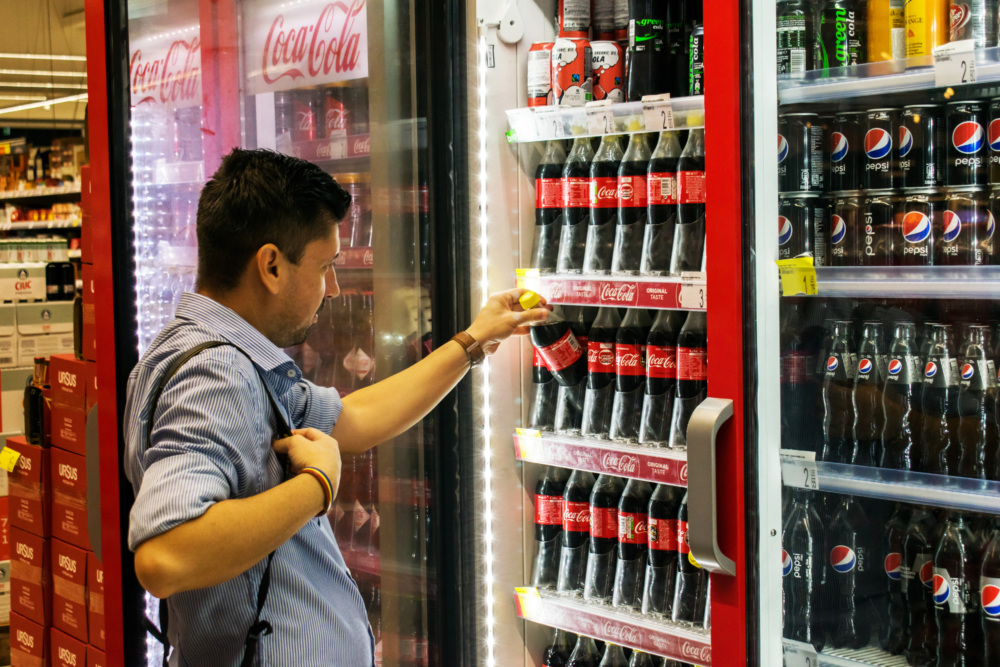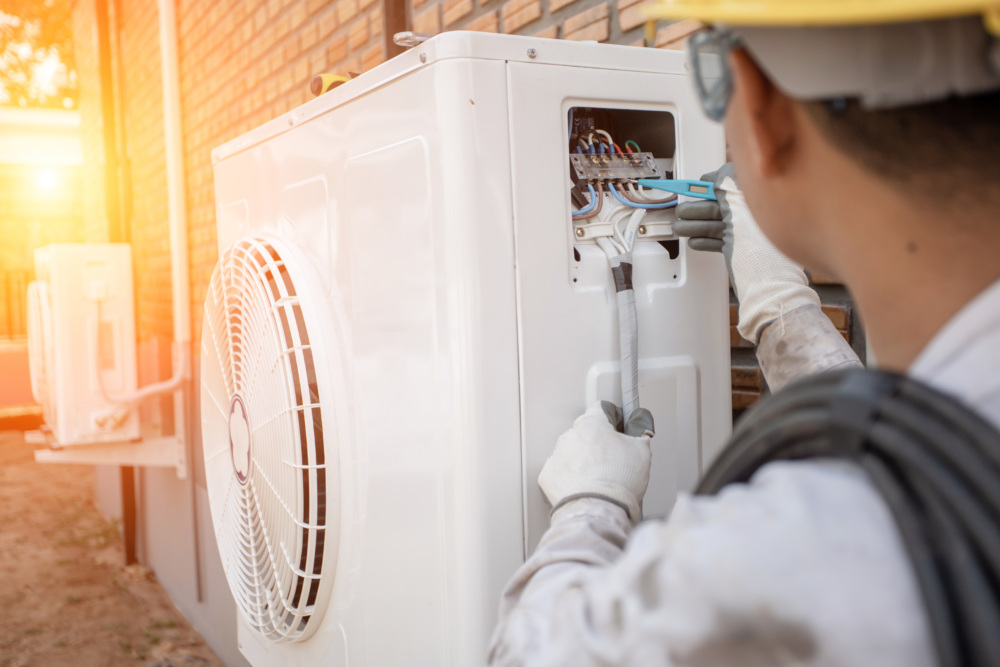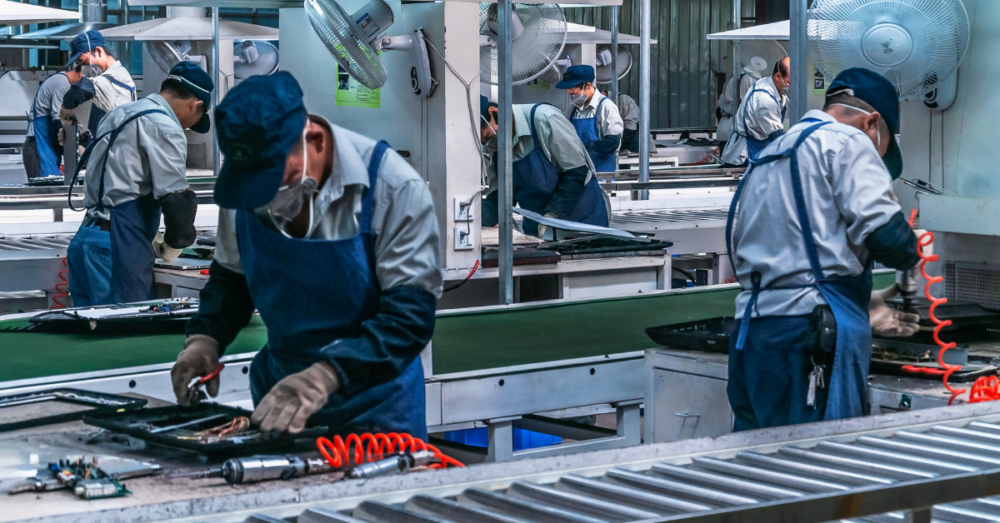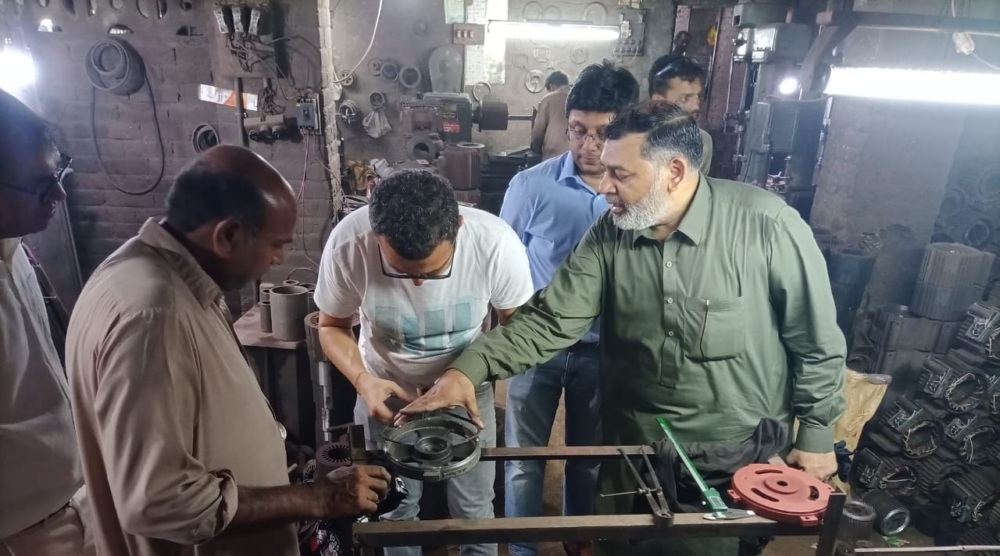Integrating Appliance Efficiency into Nationally Determined Contributions
CLASP’s new report investigates the lack of appliance efficiency policy included in countries’ NDCs and provides recommendations to governments on how they can best leverage ambitious appliance efficiency policies in revised climate commitments.
In 2015, 197 countries around the world came together at the COP21 to ratify the historic Paris Agreement to combat global climate change, requiring countries to make commitments and progressively strengthen them. At the heart of these commitments are nationally determined contributions (NDCs) – national action plans and policies that highlight climate change mitigation.
However, there is a substantial gap between the emission mitigation pledges outlined in global NDCs to the Paris Agreement and what is needed to prevent the worst impacts of climate change. Even with existing commitments, the planet is on track to warm 2.7°C by the end of the century, well beyond the 1.5°C goal. With COP27 fast approaching, all parties to the Paris Agreement are exploring options to strengthen their NDC ambition and accelerate global emission mitigation.
CLASP’s new report, Integrating Appliance Efficiency into Nationally Determined Contributions, investigates the lack of appliance efficiency policy included in countries’ NDCs and provides recommendations to governments on how they can best leverage ambitious appliance efficiency policies in revised climate commitments.
The research found that 50% of governments with high mitigation potential for appliance energy efficiency do not mention appliances in their NDCs. By setting key clear mitigation targets for appliance energy efficiency in their NDCs and establishing compliance processes to safeguard benefits, countries have the opportunity to greatly reduce emissions and reach critical mitigation targets that can get the world on track to avoid the 1.5°C warming mark.
Appliance and equipment energy efficiency offer great potential to abate carbon emissions and save consumers money on energy bills. When deciding which appliances to prioritize, governments should target the products with the highest potential impact first. Air conditioners, lighting, industrial motors and refrigerators, for example, are responsible for 40% of global electricity consumption and produce 5 Gt of global CO₂ emissions each year. Doubling the efficiency of these products globally could prevent the release of 2.2 Gt of CO₂ and close the emissions gap by 8% in 2030.
Although appliance efficiency standards are the low hanging fruit of effective climate mitigation policies, many current NDCs are not highlighting this tool as a dependable pathway to delivering large emissions savings. In the countdown to COP27, governments have the opportunity to effectively mitigate global emissions by integrating appliance energy efficiency into their NDCs and establishing or expanding appliance efficiency policies in their countries.
CLASP offers a number of tools and resources for governments to assess the benefits of appliance efficiency policies such as Mepsy – CLASP’s climate and impact calculator, the CLASP Policy Resource Center (CPRC) and more.
To learn more about how governments can best leverage appliance efficiency NDCs, read the full report and watch this webinar recording.









